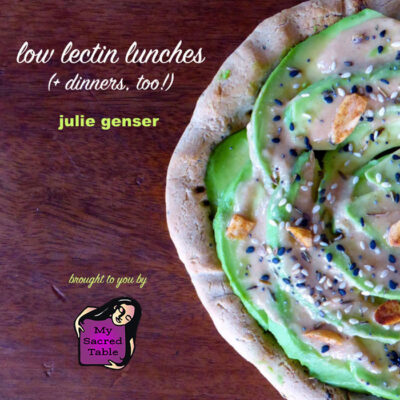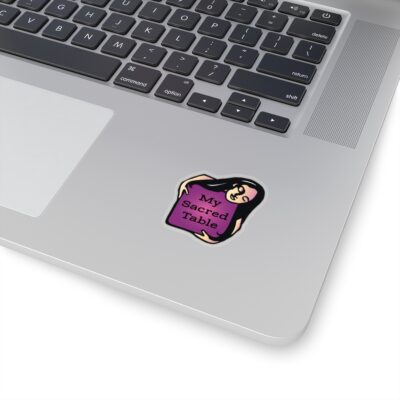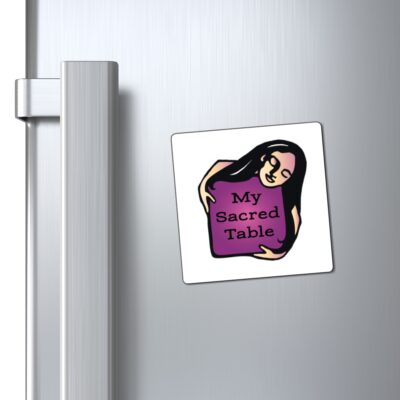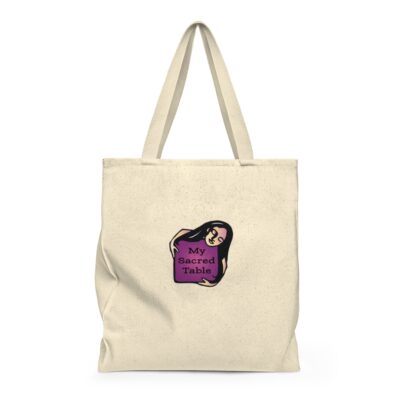Lectin FAQs
What are lectins?
Lectins are small glycoproteins (a protein molecule with a sugar molecule attached that acts as an antigen) that are naturally found in most plants as a self-protective means of defense against plant predators, like insects and humans. When animals eat plants, the lectins will end up in the animal. When humans eat plants and animals containing lectins, they can do harm in our bodies. When we ingest these plant-protective lectins, they attach onto the carbohydrate-rich epithelial cells lining the gut. They are more concentrated in legumes like beans and peanuts, nightshade plants like tomatoes, eggplant, and potatoes, and grains like wheat and rye.
Why are they bad for us?
Dr. Steven R. Gundry, author of The Plant Paradox, says that the harmful plant-protective lectins “are like little barnacles that look for specific sugar molecules in our blood, the lining of our gut, and on our nerves. When they find a good spot to land, they cling to those cells, breaking down their ability to communicate with our immune systems. Then, they literally tear open little holes between the cells that line our intestines. This perforation is the cause of Leaky Gut Syndrome, which we’re learning can cause a great deal of unpleasant symptoms and autoimmune issues or symptoms similar to those of food poisoning.” Once the lectin molecules get through the leaky gut, the body will mount an immune response as it identifies them as foreign invaders.
What symptoms can ingesting lectins cause?
Ingesting lectins that are not prepared properly can cause anything from digestive distress, vomiting, diarrhea, nausea, and food poisoning symptoms, to leaky gut and mild to severe autoimmune reactions.
What foods are high in lectins?
Beans — Beans are the highest lectin food. Avoid eating all beans if you can. If you must use them, soak them well and pressure cook them to make them more digestible. Never eat raw or undercooked beans. Do not drink or reuse the soaking water of beans, as the liquid will contain all of the lectins and anti-nutrients that have been removed by soaking.
Legumes — High in lectins, avoid peas, lentils, cashews, peanuts and other legumes. Often, pine and/or macadamia nuts are a good substitute for cashews in recipes. Almond butter and other allowed nut butters can substitute for peanut butter.
Grains — Avoid all grains, including the gluten-free options like corn, which is high in lectins. If you must use grains, choose the white hulled varieties like white basmati rice from India, soaked overnight and pressure-cooked.
Squash — Squash, pumpkins, and zucchini are actually all fruits. Because they have skins + seeds they are full of lectins. Removing the skins + seeds will make them more digestible (as well as pressure cooking) but you should avoid eating them if possible.
Nightshades — Nightshades like eggplant, peppers, potatoes, and tomatoes are high in lectins and other substances that can cause inflammation in the body. If you are going to use them, make sure they are peeled, deseeded, and/or fermented or pressure cooked.
Fruit — Fruit should be limited and only eaten in season locally.
Corn and corn-fed ‘free-range’ meats — Corn is full of lectins and is used to fatten up livestock before slaughter. It can have the same effect on you! Avoid corn as well as meats from animals fed corn, because the lectins will still transfer to you when eaten. Look for pastured chicken, pastured eggs, and grass-fed + -finished meats.
Casein A1 Milk — Northern European cows contain a lectin-like protein in their milk called casein A1. Casein A1 converts to a protein called beta-casomorphin, which can cause an autoimmune reaction to the pancreas in people who consume the milk or cheese containing the casein A1 protein. Most milk sold in the United Stated is A1 milk. Cows with casein A2, which is safe to eat, are mostly from Southern Europe. Goat’s milk and buffalo milk are also okay to drink. If you drink A2 milks, do so in moderation.
How can I remove lectins from foods to make them less inflammatory?
Peeling + Deseeding — Lectins are found in the seeds + skins of vegetables and so removing the seeds + skins will reduce the lectin content of high lectin vegetables like zucchini, cucumbers, squash, tomatoes and eggplant. Just peel off the skin/peel/rind and scoop out the seeds inside.
Soaking + Sprouting — Soaking + sprouting nuts, seeds, beans + grains will remove anti-nutrients like phytic acid and lectins to make them more digestible. Soaking water should be changed throughout the soaking process and discarded. Do not reuse/drink/cook with the soaking water since it will contain all of the lectins and anti-nutrients you are removing from the food to make it more digestible. That would be like drinking a cup full of lectins – ugh! Because of their super hard shells, beans + grains will also need to be pressure cooked in addition to soaking, in order to remove all of the lectins contained in them.
Fermenting — The fermentation process breaks down lectins in foods like fermented soy (tempeh, natto, miso), fermented vegetables, nut cheeses and other foods. While it doesn’t remove every last bit of lectin, it will significantly reduce the lectin content. This is great news because the probiotics (beneficial gut bacteria) in fermented foods are so supportive for a healthy microbiome. Unfortunately, many of us cannot tolerate fermented foods well because they may have high histamine levels and contain mold. Stay tuned as I share about “functional fermentation” which is a way to ferment foods without any mold growth and with low histamine levels!
Pressure Cooking — High wet cooking temperatures used in pressure cooking will remove some (not all) of the lectins in beans, tomatoes, potatoes, zucchini, squash and some other foods. Pressure cooking will not remove lectins in wheat, oats, rye, barley, or spelt. High dry cooking temperatures (like baking) will not remove lectins at all. Note: Do not cook high lectin foods in crockpots/slow cookers because the low temperature may actually increase the lectin content!
Avoid the Hull — For various reasons, sometimes we must choose to eat some of the higher lectin food choices. A good guideline to follow is to avoid the lectin-rich hull whenever possible. That means choosing white rice, bread, etc. over the whole grain brown versions, and choosing “hulled” over “unhulled.”
Does high heat remove lectins?
High WET heat (boiling, steaming, pressure cooking) will remove lectins to various degrees. High DRY heat (baking) will not remove lectins. There must be moisture in the heat in order to remove lectins. Boiling and steaming will remove some lectins, but pressure-cooking is the most effective means of removing lectins from foods. Note: Do not cook high lectin foods in crockpots/slow cookers because the low temperature may actually increase the lectin content.
turning dietary limitation into nourishing celebration
Sacred Store
Find all of my cookbooks, fun foodie t-tshirts + more!





